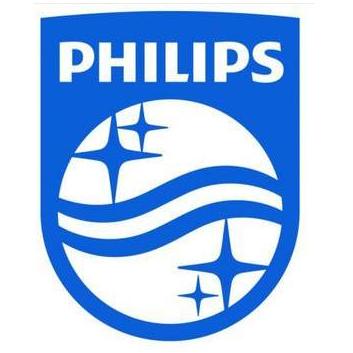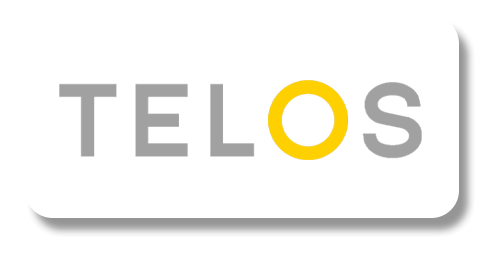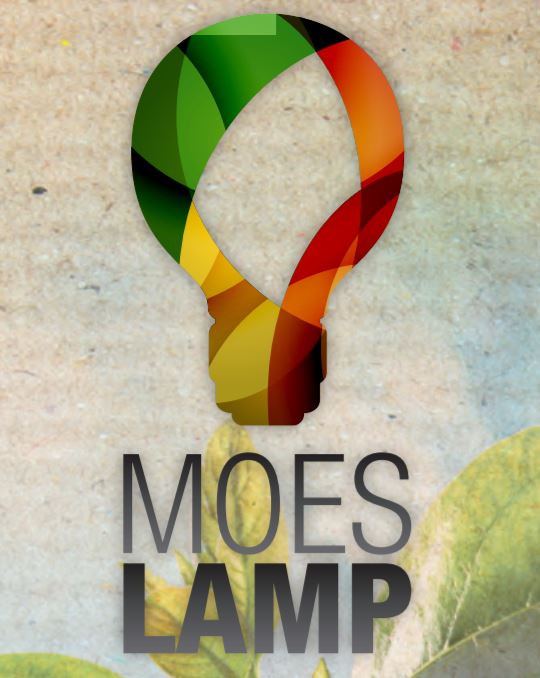
Choose the right grow lamp for your houseplant part 2
Choose the right grow lamp for your houseplant part 2
Part 1 of this article you can here find it.
What is meant by the radiation angle of an LED grow lamp?
It is best to compare the radiation angle of an LED grow lamp the spray head of a garden hose. The way in which the spray head sprayed the water droplets is very much like how an LED breeding light distributes the light. When you open the spray head, the jet will become more powerful but at the same time also thinner. The surface that you can spray in one go is a lot smaller than when you close the spray head and the water comes out in tiny drops. Then there is a kind of mist that can spray a much larger surface, but it takes longer before the surface is completely wet.
With an LED breeding lamp we call that spread the radiation angle. With LED grow lights you will usually find the radiation angle in the specifications under the heading "Radiation angle" or "Beam Angle". The most important thing you need to know is that the how many light particles that come from a lamp is not influenced by the radiation angle, but it does determine the amount of light particles that falls on a square meter.
The distance of your LED grow lamp above the plant
The light from your LED grow lamp spreads in a cone shape. When you hang the lamp higher you will therefore illuminate a larger surface. The amount of light particles that the lamp radiates, of course, does not change, but the amount of light particles per square meter will fall.
With most LED grow lights, the specifications show how many light particles (within the par area) are emitted per square meter.
PPFD
This is the most important term if you want to determine the power of an LED grow lamp. The wattage of the lamp and the distance between the lamp and plant determine how many photons fall on the plant within the par area. The number of photons with a wavelength of 400 to 700 nanometers that falls on a square meter per second is called the "PPFD" value. This term stands for the "Photosynthetic Photon Flux Density". This is expressed in the number of micromol per square meter per second or µmol/m2/s.
Light color
More than 10 years ago there have been many experiments in the effect of a single light color on the growth of plants. This has shown that plants grow best under blue and/or red light. We now know that all other colors within 400 and 700 nanometers seem to contribute to the health of a plant. It is therefore important to find out light that has multiple colors light instead of just red and blue. Since about a year there are more and more LED grow lights for sale with white light combines with red LEDs. This forms an extremely wide spectrum in which all colors within the par area are in the right ratio. Another big advantage of white light is that you can see the natural colors of your plants well and you can detect any problems with your plant early. This is a good choice if you are looking for a full spectrum LED grow lamp.

The spectrum of the Apollo Falcon, this is a white full spectrum LED grow lamp.
The installation of your LED grow lamp
We have already mentioned the distance between the LED breeding and the plant. The closer the lamp hangs on the plant, the more light the plant gets. It is also possible that the plant gets too much light and will "burn". You can see this in discolorations in the leaf, when you notice this, it is best to hang the lamp higher.
You can opt for a larger, strong lamp or several smaller LED grow lights with which you can have the light overlap. This choice mainly has to do with your breeding situation, space and budget. With large plants it is sometimes a necessity to use multiple lamps since you cannot fully illuminate the plant with 1 lamp. The intention is that you can provide the entire crown of the plant with light. If you hang several lamps close together, the light will overlap each other, in the places where the light overlaps you can add the PPFD values of both lamps together.
The use of an LED breeding lamp
The amount of par light that falls on a plant in 24 hours is the daylight integrally or called DLI. This is measured in mole/m2/day. A mole is 1 million times larger than a micromol.
If a PPFD value is first multiplied by 3,600 and then divides by 1,000,000, you will get the amount of light in Mol that falls on the plant per hour. Suppose 250 µmol/m2/s falls on the plant, then (250 * 3,600)/1,000,000 = 0.9 mol/m2/per hour falls. If the LED breeding lamp is on 6 hours a day, the plant will get 5.4 mol/m2/day.
Each plant has its own needs in terms of light, but in general seedlings need the least light, about 10 moles/m2/day. Leaf vegetables slightly more namely 17 mol/m2/day.
If you want to grow fruit/herbs/vegetables (no leaf) you need more than 25 mol/m2/day, then you have to think of the lamp that can radiate approximately 700 to 800 µmol/m2/s.
Part 1 of this article you can here find back
Our Top-5 LED grow lights Before 2020 you can here find.
- If you choose a selection, the page will be completely renewed.
!























